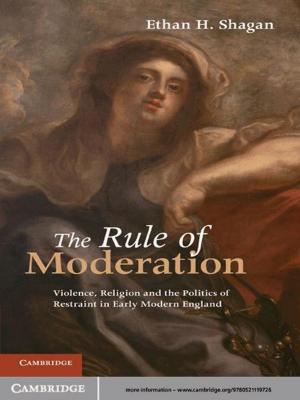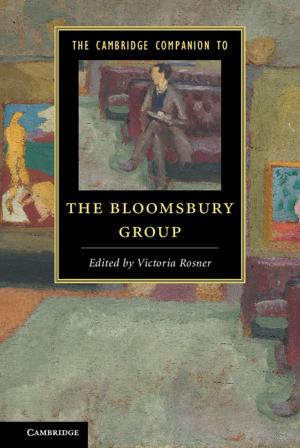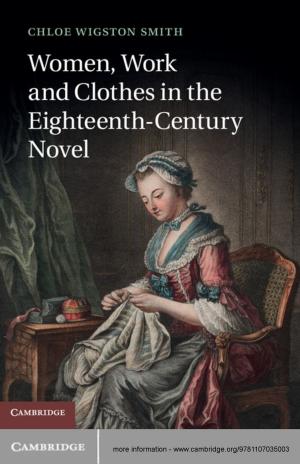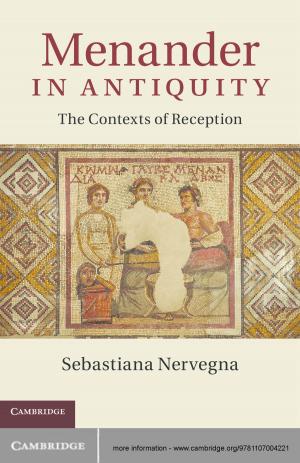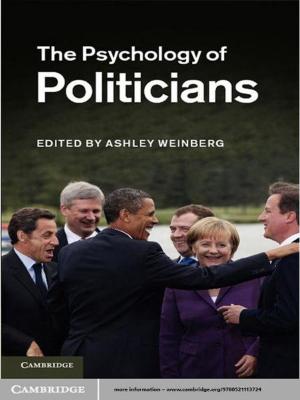Women Modernists and Fascism
Fiction & Literature, Literary Theory & Criticism, British, Nonfiction, Social & Cultural Studies, Political Science| Author: | Annalisa Zox-Weaver | ISBN: | 9781139179843 |
| Publisher: | Cambridge University Press | Publication: | September 8, 2011 |
| Imprint: | Cambridge University Press | Language: | English |
| Author: | Annalisa Zox-Weaver |
| ISBN: | 9781139179843 |
| Publisher: | Cambridge University Press |
| Publication: | September 8, 2011 |
| Imprint: | Cambridge University Press |
| Language: | English |
Modernism both influenced and was fascinated by the rhetorical and aesthetic manifestations of fascism. In examining how four artists and writers represented fascist leaders, Annalisa Zox-Weaver aims to achieve a more complex understanding of the modernist political imagination. She examines how photographer Lee Miller, filmmaker Leni Riefenstahl, writer Gertrude Stein and journalist Janet Flanner interpret, dramatize and exploit Hitler, Göring and Pétain. Within their own artistic medium, each of these modernists explore confrontations between private and public identity, and historical narrative and the construction of myth. This study makes use of extensive archival material, such as letters, photographs, journals, unpublished manuscripts and ephemera, and includes ten illustrations. This interdisciplinary perspective opens up wider discussions of the relationship between artists and dictators, modernism and fascism, and authority and representation.
Modernism both influenced and was fascinated by the rhetorical and aesthetic manifestations of fascism. In examining how four artists and writers represented fascist leaders, Annalisa Zox-Weaver aims to achieve a more complex understanding of the modernist political imagination. She examines how photographer Lee Miller, filmmaker Leni Riefenstahl, writer Gertrude Stein and journalist Janet Flanner interpret, dramatize and exploit Hitler, Göring and Pétain. Within their own artistic medium, each of these modernists explore confrontations between private and public identity, and historical narrative and the construction of myth. This study makes use of extensive archival material, such as letters, photographs, journals, unpublished manuscripts and ephemera, and includes ten illustrations. This interdisciplinary perspective opens up wider discussions of the relationship between artists and dictators, modernism and fascism, and authority and representation.





